The world is in mourning
During all the bitter social divisions, family joys and traumas, good times and bad, the Queen has been a symbol of unity and continuity, writes Sean O’Grady

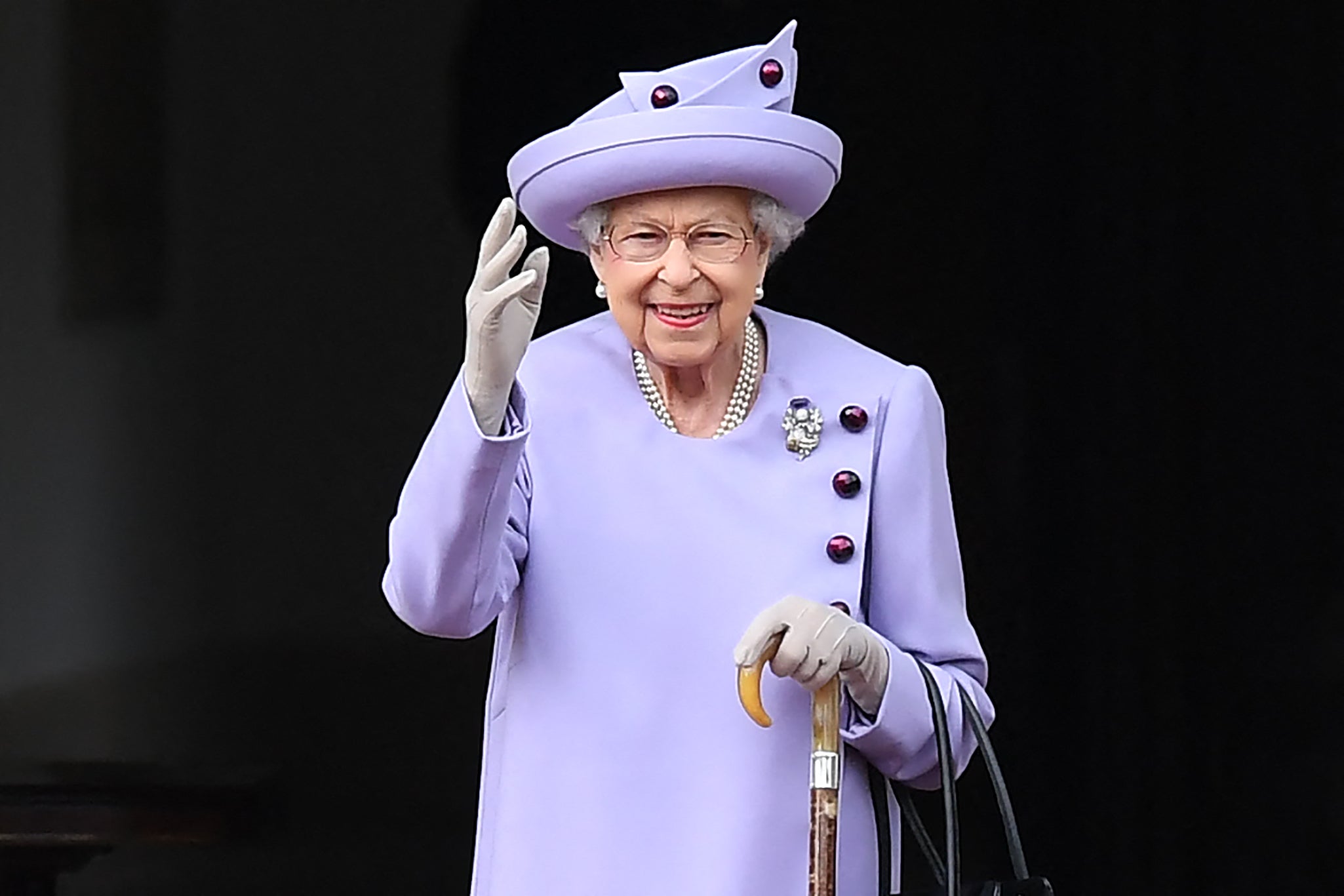
Queen Elizabeth II has died at the age of 96. Her son Charles, the Prince of Wales, is now King.
The news came earlier today: “London Bridge is Down.” The message that reverberated around Westminster and Whitehall – and filtered into the Commons during the debate on the energy crisis – wasn’t quite the worst, but it was grim enough. The end was not far away, and with it the coded message decided on some decades ago to alert the authorities to the imminent end of the reign. Now we know, as the royal family dashed to Balmoral, that this terribly sad news is true.
Even so, the Queen ruled to the last – and as her health must have been failing, made sure that she was still in a position to accept the resignation of Boris Johnson and invite Liz Truss to form a government in her name. She also discussed with the new British leader the state of the nation, as she did with Winston Churchill in 1952 and with every one of her other prime ministers.
It’s striking to reflect that, when Churchill resigned and held a dinner for the Queen at 10 Downing Street in 1955, he proposed a toast to her and reminded those present that he had also toasted the life of her great-great-grandmother, Queen Victoria, when he was the subaltern at the Battle of Omdurman in 1898. Churchill, by the way, was born in 1874, and the Queen’s last prime minister, Ms Truss, was born in 1975. The life of Elizabeth II spanned a considerable time period.
Not unexpected, therefore, but still a shock, given that the Queen, like her mother and her late husband, had enjoyed relatively robust health well into extreme old age.
And although the vaguely described “mobility issues” and her increasing frailty meant that she hadn’t been out in public since 16 July, we still expected her, irrationally, to be around for ever. There were intimations of mortality, but we didn’t dwell on them. She had survived Covid, after all, not to mention various minor ailments over many decades; she seemed indestructible, if not immortal.
Her motto was always “I must be seen to be believed,” and no monarch in British history, or perhaps globally, had travelled more, or been filmed and photographed more frequently. On the stamps, the banknotes, E II R on the pillar boxes and the coppers’ helmets, on television and at big state occasions – hers has been a ubiquitous presence. It’s quite tough to think that her 2021 Christmas broadcast was her last.
During all the bitter social divisions – through terrorism, political threats to the union, family joys and traumas, good times and bad – the Queen has been a symbol of unity and continuity. Lately, she has rarely been glimpsed even taking part in Zoom calls, or in still photographs, such as the one taken when she received Ms Truss at Balmoral. Her dedication to duty, performed to the limits of her physical ability, was demonstrated once again. But despite her fading from the scene, knowing she was there, in place and still going, was comforting enough. She was still “believed”.
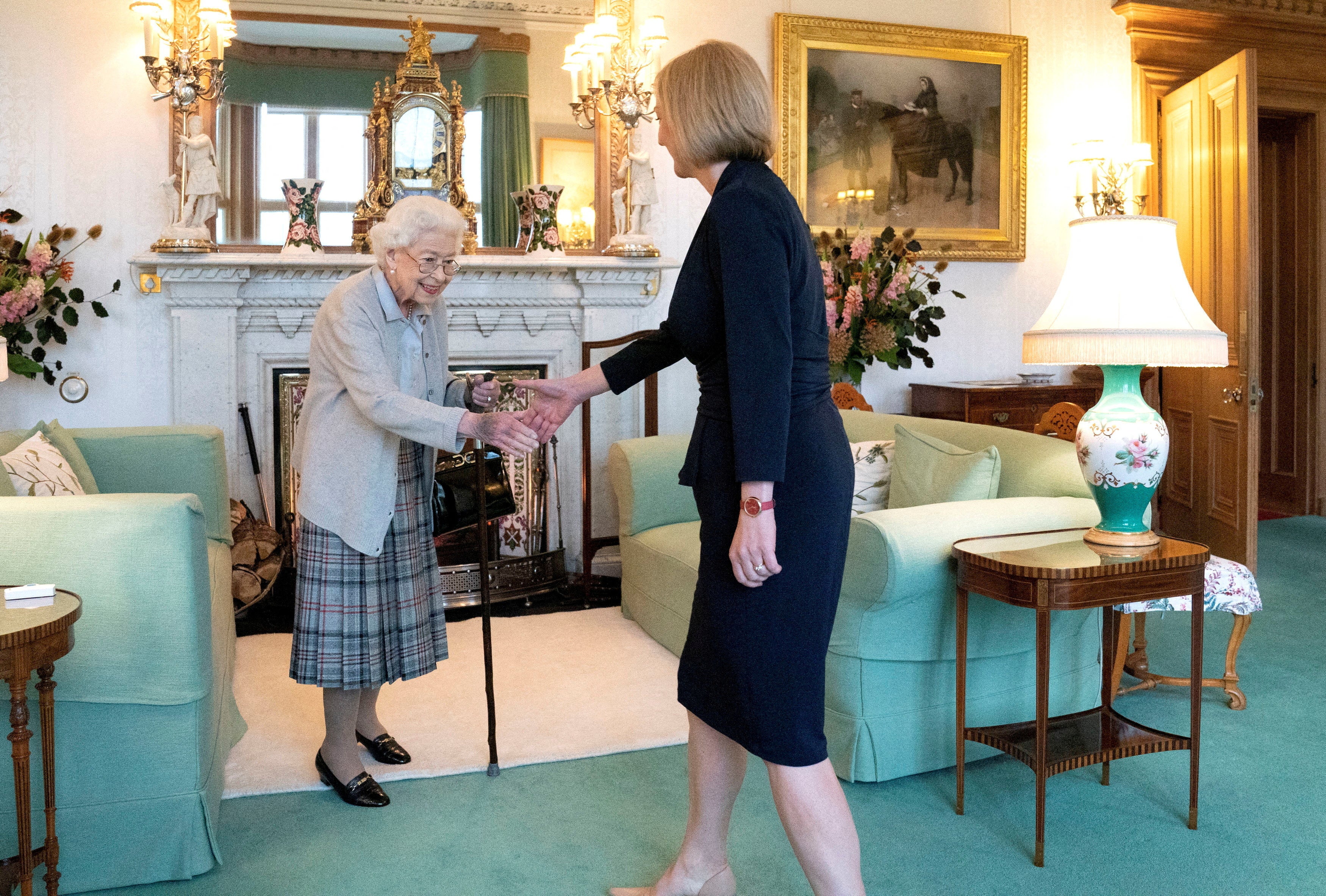
Elizabeth II was the exemplar of a constitutional monarch, rarely committing a faux pas, and scrupulously following the advice of all her premiers, in the UK and the Commonwealth (wise or otherwise). As a representative of the nation at home and abroad, and with the prestige built up over decades of service, she was an irreplaceable asset to the nation.
She was not just diplomat-in-chief, incomparable international asset and head of state, but also informally “head of the nation”. That is whence the sense of loss derives. It’s ridiculous, of course, because very few people have met the Queen, and still fewer could be said to have known her, but somehow, many people felt an almost spiritual or personal connection with her, though she was, strictly speaking, a stranger. Not everyone in public life is able to engender that kind of response, and certainly not to maintain it for 70 years.
She was a symbol of the nation, and latterly the nation’s “granny”, and obviously much loved. Even ardent republicans concede her record of public service, and her private and public morality. Whatever else was going wrong around her, she was incorruptible. She always tried to embody the nation’s values, and moreover, the Christian values of tolerance and understanding. She succeeded. Rather subtly, by word and deed, she made the case for a multicultural nation and Commonwealth.
Here is just one example, from her 2004 Christmas message – at a time, then as now, of anxiety about migration. Drawing on the New Testament story of the good Samaritan, she said: “Everyone is our neighbour, no matter what race, creed or colour. The need to look after a fellow human being is far more important than any cultural or religious differences.
To keep up to speed with all the latest opinions and comment, sign up to our free weekly Voices Dispatches newsletter by clicking here
“There is certainly much more to be done and many challenges to be overcome. Discrimination still exists. Some people feel that their own beliefs are being threatened. Some are unhappy about unfamiliar cultures. They all need to be reassured that there is so much to be gained by reaching out to others; that diversity is indeed a strength and not a threat.”
There may be tears. Of mourning, yes, but also from those who are filled with trepidation about the future. Constitutionally and politically, it’s unjustified, as there should be no great change. The “transition” to her son is seamless and automatic.
We will get used to the new King, just as the nation became accustomed to the young Queen after her father passed away at the relatively young age of 56. He’d been in poor health, and the nation went into a profound period of mourning for George VI, who had seen us through the war. King Charles and Camilla, Queen Consort, should also attract the same loyalty – but Elizabeth II and Prince Philip were always going to be a hard act to follow.
This is “a moment” – you’ll always remember where you were when you heard the news. It is a pause, a time to take stock, and to consider the future without the familiar figure that the nation has grown so fond of, so respected and been so proud of. We will miss that smile. Somehow, the nation feels diminished.

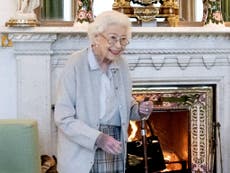
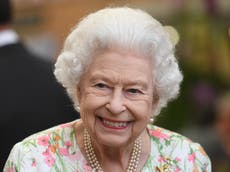
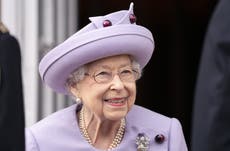
Join our commenting forum
Join thought-provoking conversations, follow other Independent readers and see their replies